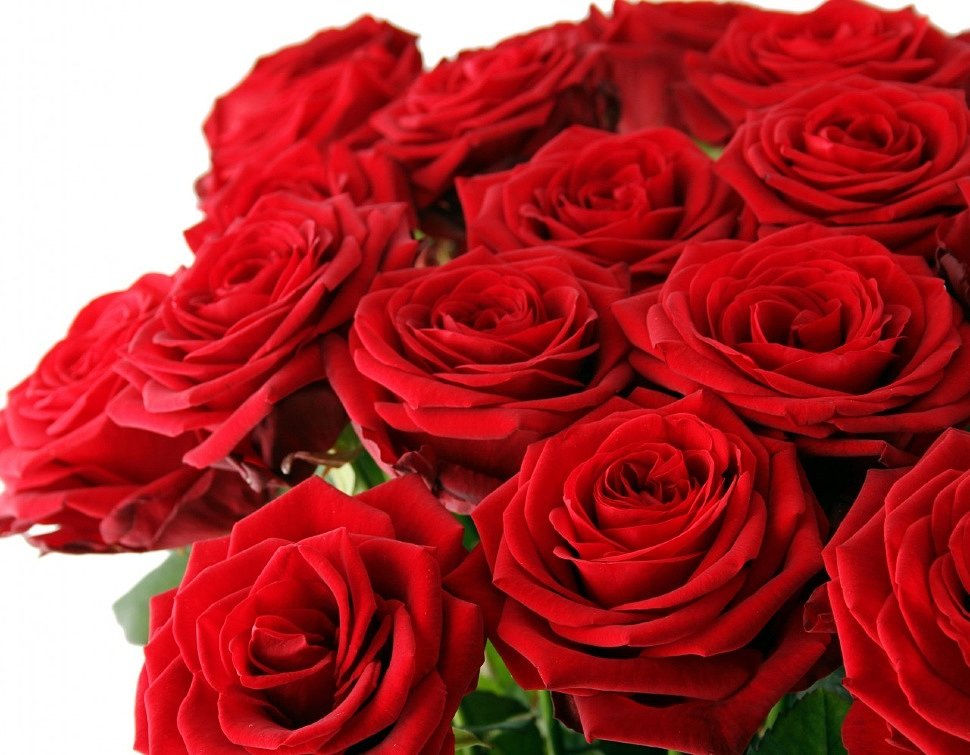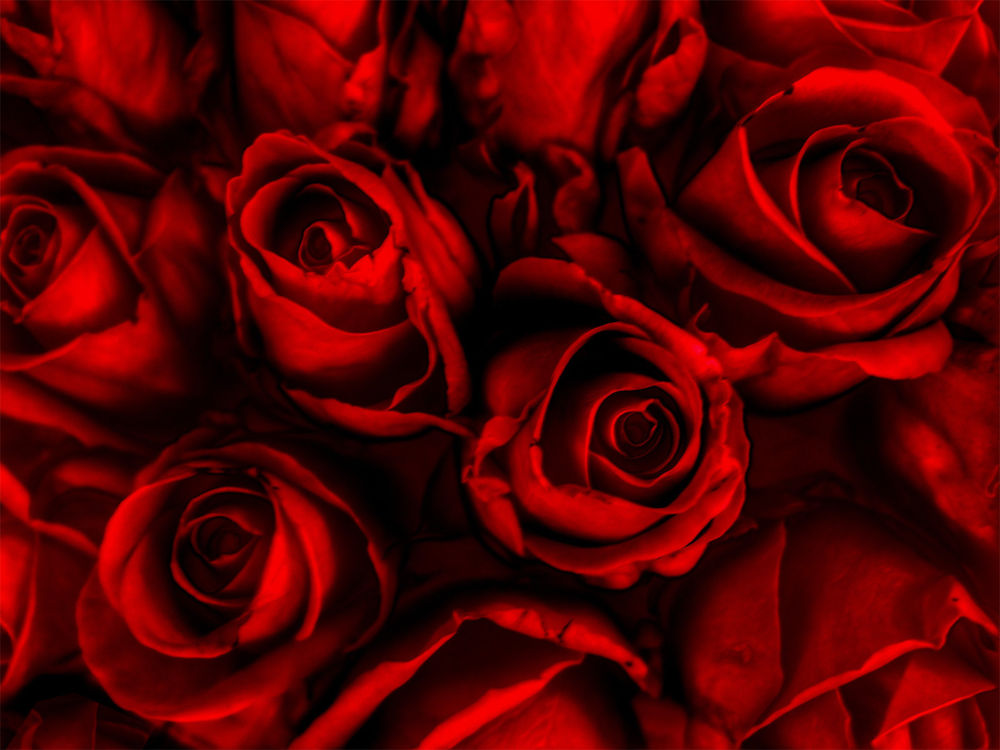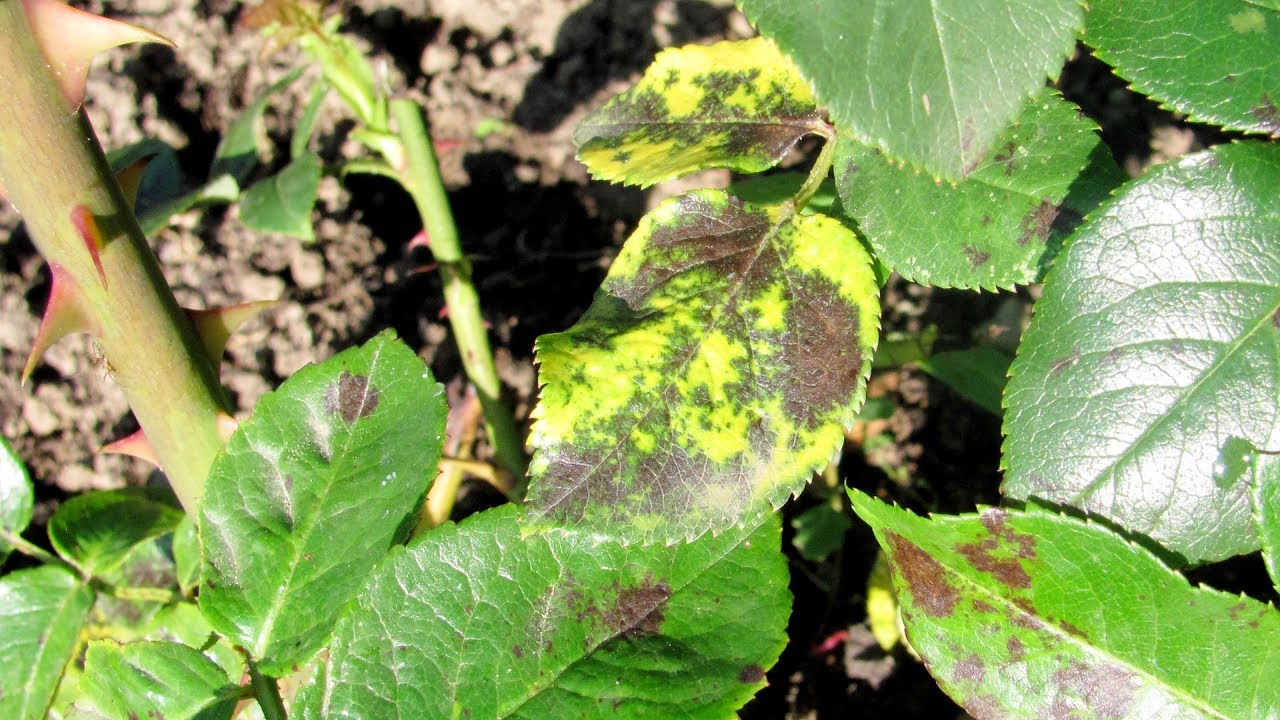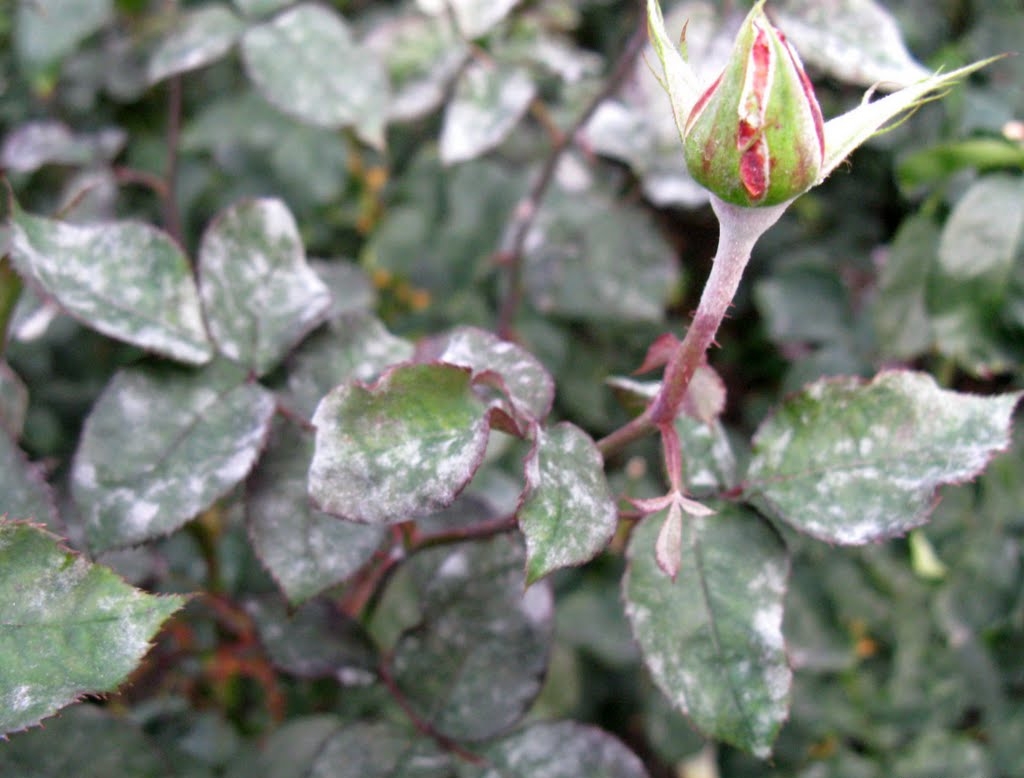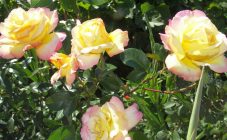Content:
Today there are many excellent varieties of scarlet roses that are full of shades and fascinate with a unique aroma. Excellent bouquets can be made of them, and these flowers will also serve as a good decoration for a summer cottage.
Scarlet roses: a short description
Experts conditionally distinguish among red roses scarlet, medium red and proper red. However, such a division does not fully reflect all the features of the color, therefore, one can find comparisons with the color of overripe cherries, red currants, etc.
One way or another, dark red is the sign that unites all scarlet roses. Otherwise, they can be very different: they can be miniature (for example, Pride Palace) or large (Alain), they can endure frosts and other unfavorable weather conditions in different ways, differ in good or poor resistance to fungal diseases, belong to different groups: floribundas, shrubs , climbing, hybrid tea.
Red roses: the best varieties
Any rose is attractive in its own way, but there are varieties that are still very popular among gardeners and are the real pride of any rose garden. The main ones are indicated in the table below.
| Variety | Homeland | Description of the variety | Benefits | disadvantages |
|---|---|---|---|---|
| Red Star (Candia Meillandecor) | France | The flower resembles an asterisk in shape, and inside it there are beautiful decorative stamens. The rose blooms all season, there are about 5 flowers in each inflorescence. The shrub reaches 90 cm in height. This variety has received 12 international awards. | Roses are frost-resistant, but still need shelter. Also, the variety is resistant to diseases. Looks beautiful on the balcony, terrace and near curbs. | Dislikes wet weather; when it rains, the buds may not open. |
| Little Red Riding Hood (Rotkappchen) | Germany | The shape of the rose inflorescence is similar to a cap. The bush is dense, broadly branched, up to 60 cm high. The diameter of the flower is 6 cm. | High resistance to disease and frost. Looks good in group plantings against the background of garden and conifers. | Almost no aroma is felt. |
| Alain | France | The flower was named after Alan Meiyan. The variety received a gold medal in 1948. It is distinguished by its lush flowering. The inflorescence can have from 3 to 15 flowers. The flower reaches a diagonal of 7 cm and consists of about 29 petals. | High frost resistance. | The cultivar is very susceptible to powdery mildew. |
| Frensham | England | The flowers of this plant are semi-double and consist of 15-18 petals. The bushes are vigorous, with abundant flowering. | It can be used as a lone bush in the landscape, and as a hedge. | The bud is medium in size, with few petals. |
| Artek | USSR (Crimea) | The inflorescence contains 2-3 very lush flowers, which consist of 42 petals. The height of the bush reaches 75 cm. | Very aromatic. In the sun they change their color, acquiring a blue tint. | The variety has a fragile peduncle. In August, prone to attacks of powdery mildew. |
| Red Berlin | Netherlands | The height of the bush reaches 1.2 m. Terry flowers grow singly or in small inflorescences. | Roses bloom again during the season and have good frost resistance. | These scarlet roses have a subtle scent. They are susceptible to fungal diseases, therefore they need to be well looked after. |
| Darcey | Great Britain | Roses are characterized by abundant and long flowering. The aroma of the rose is original - it has fruity notes mixed with the smell of greenery.The flowers have an attractive color, which is characterized by a raspberry pink tint. | Plants are disease resistant. Roses can be cut for bouquets and stand well in water. | This is a low-growing variety, so it can be used mainly for planting in the foreground. |
Particularly noteworthy is Sedum - a red rose, representing a classic carpet sedum, which grows very quickly and rapidly. From June to August, the plant produces beautiful bright flowers. It is widely used to decorate alpine slides, flower beds and borders.
Growing and care
Any kind of rose needs proper care. They need to be watered, fed and sheltered for the winter. In order for scarlet roses to fully develop, the following rules should be followed:
- The landing site should be bright enough. It would be ideal to pick up a site where the sun is shining in the first half of the day, and in the second half shade forms so that the plant does not get burned. If the flowers are constantly in the shade, then they will weaken and become susceptible to disease.
- Bright red roses do not tolerate drafts, so the planting site should be secluded.
- Roses will feel most comfortable at a temperature of 15-22 ° C. In order for the plant to absorb all the necessary nutrients from the open ground, the soil must warm up to at least 17 ° C.
- The planting hole is prepared a month before planting the plant. Drainage must be poured into it. For this, crushed stone or gravel crumbs are well suited.
- The soil is of great importance for the rose. If the soil is loamy or clayey, rotted manure and sand are added to it. Ash, lime, peat and sand are added to heavy soil.
- When watering and fertilizing, you need to take into account the individual characteristics of each variety. So that moisture evaporates less, you can mulch the soil.
- Do sanitary and / or decorative pruning, but again this depends on the variety.
- Although most flowers are frost-resistant, they still need to be covered for the winter.
Common diseases
If the care of plants is unscrupulous, the flowers will weaken and will be simply defenseless against a variety of diseases and pests.
Bacterial root cancer
Growths form on the roots of the rose, which eventually begin to rot. The shrub stops growing and dies. It is possible to save a plant only at an early stage. To do this, the affected area is cut off, and the remaining parts are wiped with a 1% solution of copper sulfate.
Rust
This disease usually occurs in early summer. Bright orange rims are formed around the root collar of young shoots. Over time, they grow and acquire a rusty color. Leaves with such a disease are covered with dark spots on top, and brown ones below. Affected young shoots are deformed and dry out. For treatment, Ridomil-Gold and Falcon are used.
Spotting
There are several types of spotting: gray, brown, black and purple. The most dangerous and common of these is black spot. It often infects leaves and young shoots. First, dark spots form on the upper side of the leaves, and then they curl and fall off. The affected shrub stops growing, does not bloom, and even dies in especially advanced cases.
The disease develops in rainy weather. The plant is treated with Topaz or Skor fungicides, which must be alternated with Ridomil-Gold or Quadris. Spraying is carried out again after 2 weeks. The procedure is repeated about 3 times. The affected parts are removed and incinerated.
Gray rot
Its causative agent is the botrytis mushroom. The affected flower is completely covered with a gray bloom. Damp weather and non-compliance with the rules of shelter for the winter contribute to the development of the disease.For preventive purposes, the plant is treated with drugs such as Fundazol, Falcon and Maxim.
Powdery mildew
Signs of plant damage are white bloom. Over time, the leaves of a sick flower begin to curl, and the buds fade and fall off. There is also a strong deformation of different parts of the rose. Powdery mildew often affects weakened plants or those that are constantly in the shade.
Systemic fungicides are used to combat the disease. Only they must be alternated so that the disease does not adapt and get used to them. For example, you can alternately use Topaz, Skor, and Fundazol. Roses are treated with these preparations every 14 days until the plant has fully recovered.
Each variety of red roses is unique: the plants differ in their shapes, shades and aromas. Each of them needs certain living conditions. Among the varieties of parietal red roses there are small, medium and large, those that can only be grown at home or only in the open field. Resistance to frost and disease is also different, so you can pick up red rose bushes both for the warm southern regions and for the more severe central zone of Russia. Any gardener, be it a beginner or an experienced one, can choose the variety of those scarlet roses that he likes and will organically fit into the landscape design of the summer cottage or decorate the loggia.
